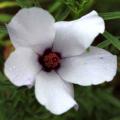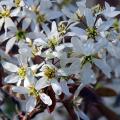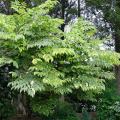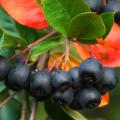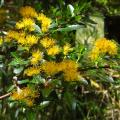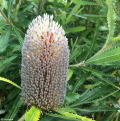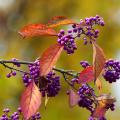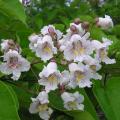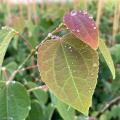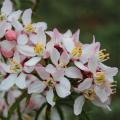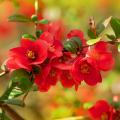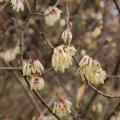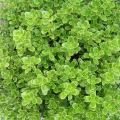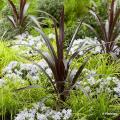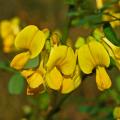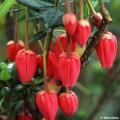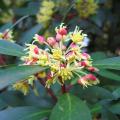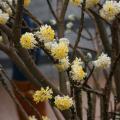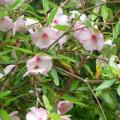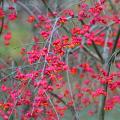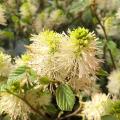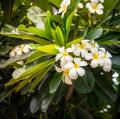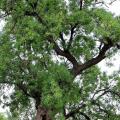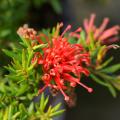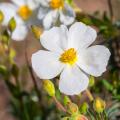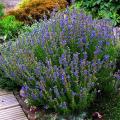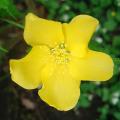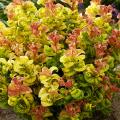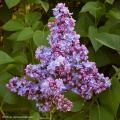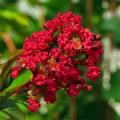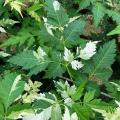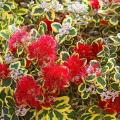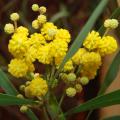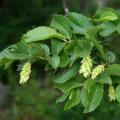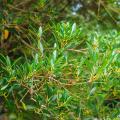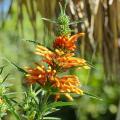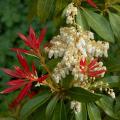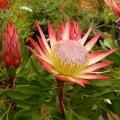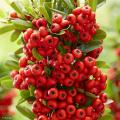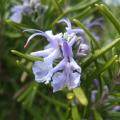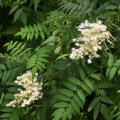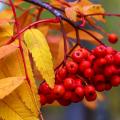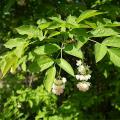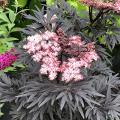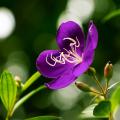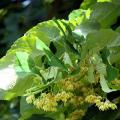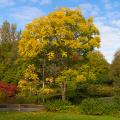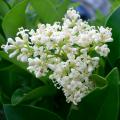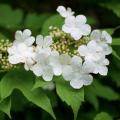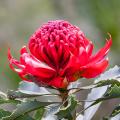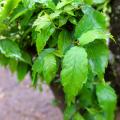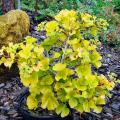Shipping country and language
Your country of residence may be:
Your country of residence is:
For a better user experience on our website, you can select:
Your shipping country:
Andorra
Austria
Belgium
Bulgaria
Canada
Chile
Croatia
Cyprus
Czechia
Denmark
Estonia
Finland
France
Germany
Greece
Hungary
Iceland
Ireland
Italy
Latvia
Lithuania
Luxembourg
Malta
Monaco
Netherlands
Poland
Portugal
Romania
Slovakia
Slovenia
Spain
Sweden
Switzerland
United Kingdom
We only deliver seed and bulb products to your country. If you add other products to your basket, they cannot be shipped.
Language:
French
German
Spanish
English
My Account
Hello
My wish lists
Plantfit
Log in / Register
Existing customer?
New customer?
Create an account to track your orders, access our customer service and, if you wish, make the most of our upcoming offers.
Fagus - Beech, all our special offers
Does this plant fit my garden? Set up your Plantfit profile →
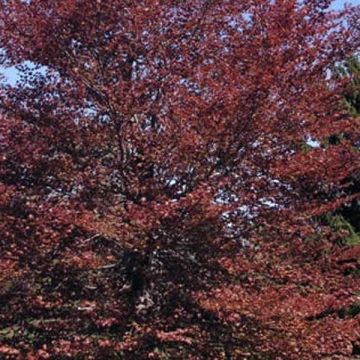
Available in 5 sizes
The Beech tree, Fagus in Latin, is one of the majestic trees of our forests called the Fagus sylvatica, or the common beech. The genus, cousin of the oak, is rich in species and varieties with various shapes, sizes and colours. Some, like the purple beeches Fagus sylvatica 'Atropurpurea' or Fagus sylvatica 'Purpurea Latifolia', are well-known and stand out in old parks and large gardens. Other varieties have been cleverly selected by horticulturists; for example, the Fagus sylvatica 'Mercedes', appreciated by bonsai enthusiasts, does not exceed 2 metres (7 feet) in height, beautifully coloured in autumn, perfectly adapted to small gardens. Some have superb variegated foliage; others have a columnar, weeping habit, golden foliage or fern-like leaves. Infinitely varied in appearance, beech trees are all deciduous trees with late leafing, long-lived, resistant to cold, fearing prolonged drought and having a shallow root system that requires protection from strong winds. They appreciate moist but well-drained soils and can tolerate limestone or sandy soils. In gardens, these highly ornamental trees are often placed individually. Those that are less spectacular make excellent hedge subjects due to their marcescent foliage, which only falls when new spring growth appears, and their ability to be pruned. Plant the beech tree in shade in hot and rather dry climates, especially the golden foliage varieties, but place it in a sunny location in cooler and more humid climates, which is the preferred exposure for all purple foliage varieties. Beeches can adapt to gardens located at higher altitudes, up to about 1500 m.
Haven't found what you were looking for?
The flowering period indicated on our website applies to countries and regions located in USDA zone 8 (France, the United Kingdom, Ireland, the Netherlands, etc.)
It will vary according to where you live:
- In zones 9 to 10 (Italy, Spain, Greece, etc.), flowering will occur about 2 to 4 weeks earlier.
- In zones 6 to 7 (Germany, Poland, Slovenia, and lower mountainous regions), flowering will be delayed by 2 to 3 weeks.
- In zone 5 (Central Europe, Scandinavia), blooming will be delayed by 3 to 5 weeks.
In temperate climates, pruning of spring-flowering shrubs (forsythia, spireas, etc.) should be done just after flowering.
Pruning of summer-flowering shrubs (Indian Lilac, Perovskia, etc.) can be done in winter or spring.
In cold regions as well as with frost-sensitive plants, avoid pruning too early when severe frosts may still occur.
The planting period indicated on our website applies to countries and regions located in USDA zone 8 (France, United Kingdom, Ireland, Netherlands).
It will vary according to where you live:
- In Mediterranean zones (Marseille, Madrid, Milan, etc.), autumn and winter are the best planting periods.
- In continental zones (Strasbourg, Munich, Vienna, etc.), delay planting by 2 to 3 weeks in spring and bring it forward by 2 to 4 weeks in autumn.
- In mountainous regions (the Alps, Pyrenees, Carpathians, etc.), it is best to plant in late spring (May-June) or late summer (August-September).
The harvesting period indicated on our website applies to countries and regions in USDA zone 8 (France, England, Ireland, the Netherlands).
In colder areas (Scandinavia, Poland, Austria...) fruit and vegetable harvests are likely to be delayed by 3-4 weeks.
In warmer areas (Italy, Spain, Greece, etc.), harvesting will probably take place earlier, depending on weather conditions.
The sowing periods indicated on our website apply to countries and regions within USDA Zone 8 (France, UK, Ireland, Netherlands).
In colder areas (Scandinavia, Poland, Austria...), delay any outdoor sowing by 3-4 weeks, or sow under glass.
In warmer climes (Italy, Spain, Greece, etc.), bring outdoor sowing forward by a few weeks.













